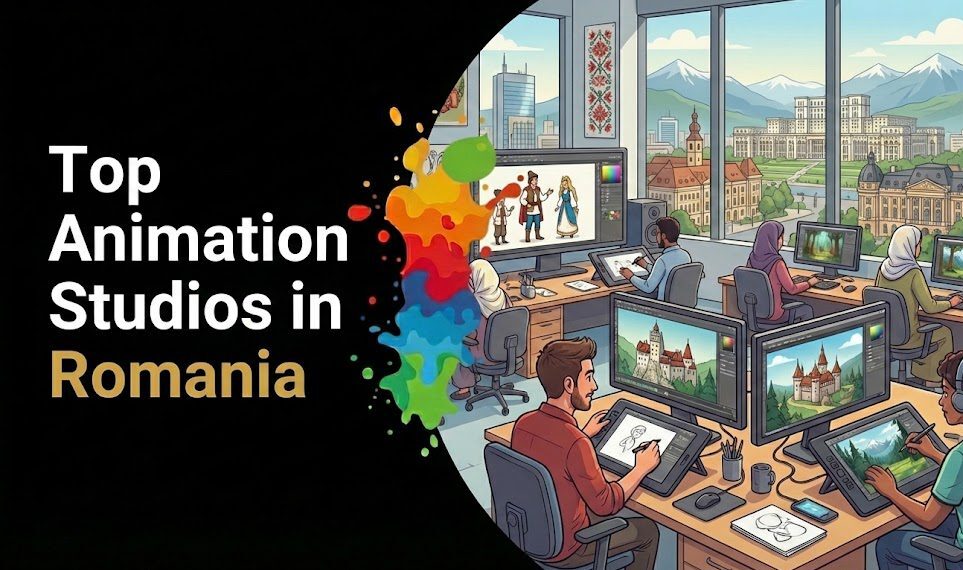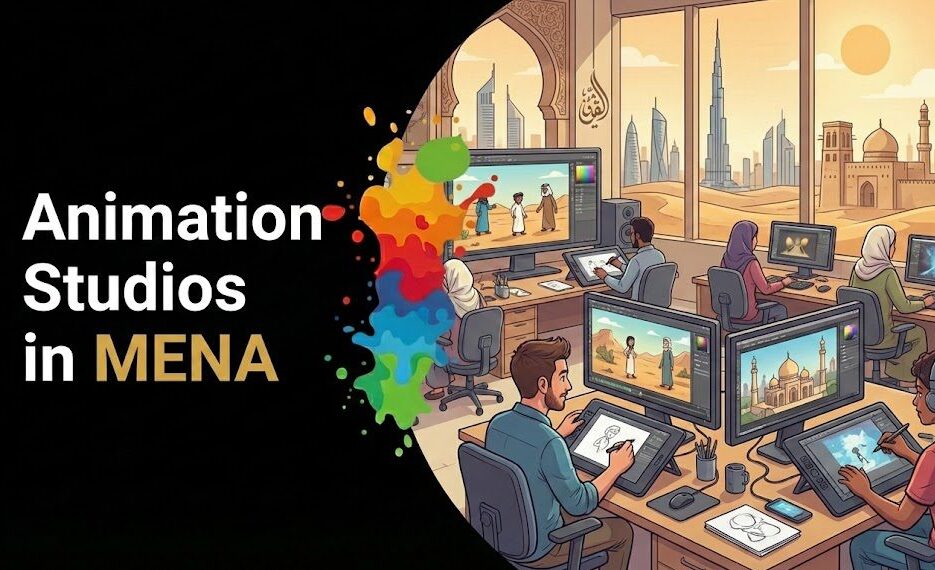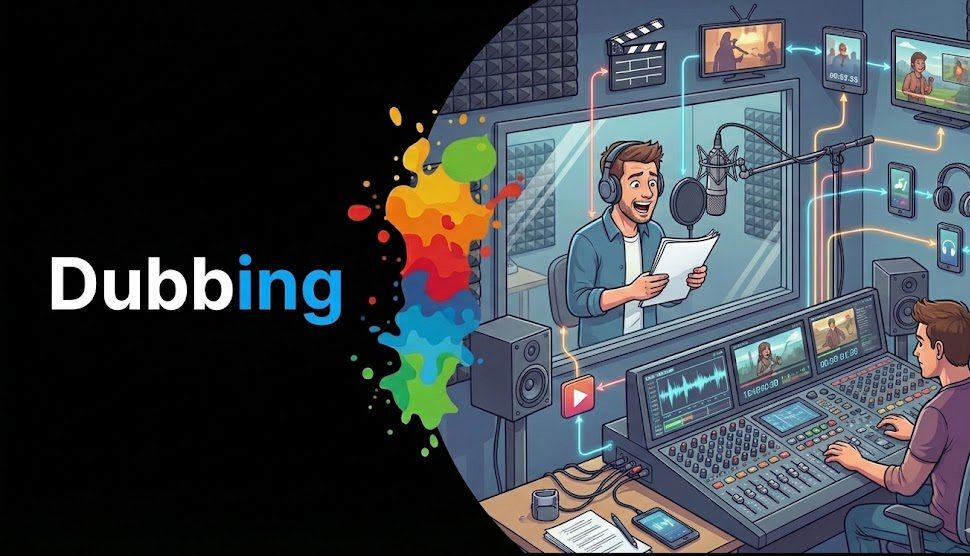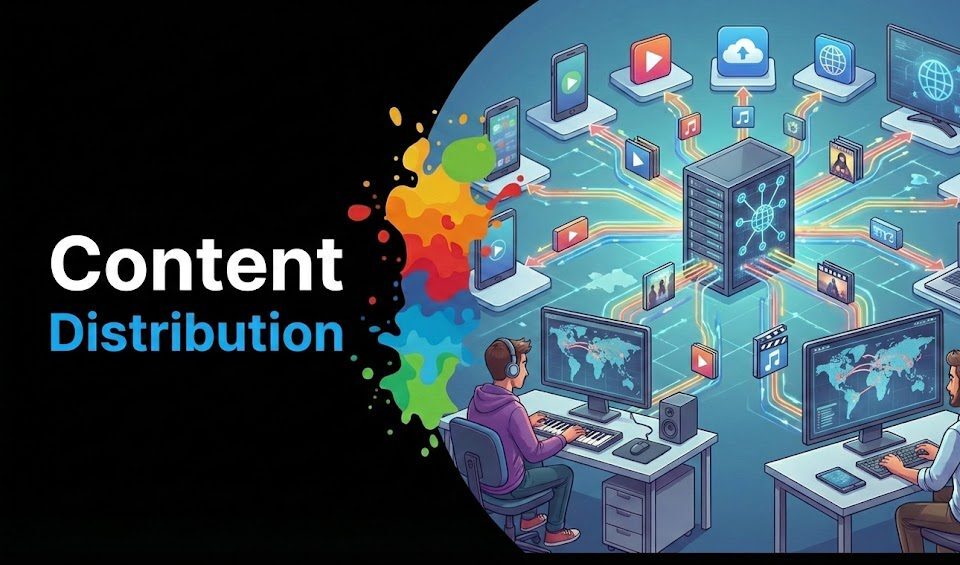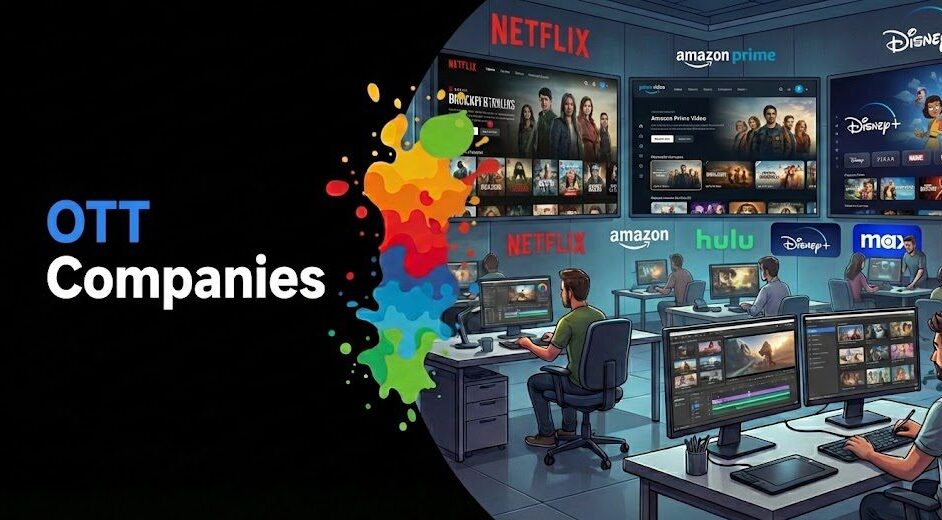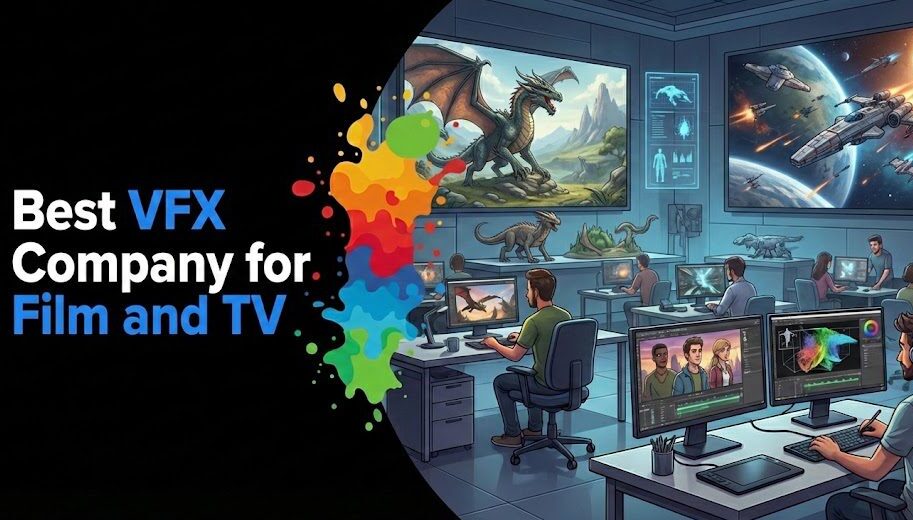Introduction
As the demand for international content rises, OTT platforms are expanding their global libraries to meet audience expectations. Whether you’re a buyer looking to acquire international streaming rights or a seller aiming to license content globally, understanding how platforms handle international content distribution is critical. This article explores how OTT platforms acquire, localize, and manage international content while addressing the challenges that come with licensing, distribution, and regional restrictions.
We will provide insights into the cost factors, the strategies for monetizing international content, and the role that platforms like Vitrina play in connecting content creators and platforms globally. By the end, you’ll have a clear understanding of how to navigate the complexities of international content on OTT platforms.
Key Takeaways
| Key Topic | Takeaway |
| Acquiring International Content | OTT platforms use a combination of localization and partnerships to distribute international content. |
| Licensing Costs and Challenges | Licensing international content is expensive due to legal hurdles and regional restrictions. |
| Managing Regional Restrictions | Platforms use geo-blocking and other strategies to handle regional restrictions. |
| Future Trends | The rise of original international content and co-productions is shaping the future of OTT platforms. |
Table of content
- Understanding OTT Platforms and International Content
- Top OTT Platforms and Content Distribution
- International Content Acquisition and Licensing
- Challenges in Distributing International Content on OTT Platforms
- Managing Costs and Monetizing International Content
- Commercial Investigation: Comparing OTT Platforms for International Content
- Key Takeaways
- FAQs
Struggling with Regional Licensing Issues?

1. Understanding OTT Platforms and International Content
What is an OTT platform?
An OTT platform is a streaming service that delivers content over the internet without the need for traditional distribution methods like cable or satellite TV. Platforms like Netflix, Amazon Prime Video, and Hulu have become the go-to source for both local and international content. These platforms rely on licensing deals to acquire the rights to stream films, TV shows, and documentaries from around the world.
How do OTT platforms work to deliver international content globally?
OTT platforms use a combination of regional licensing, localization, and partnerships with international distributors to deliver international content to audiences worldwide. For example, Netflix secures international rights to content and localizes it through subtitles, dubbing, and cultural adaptation to cater to different regions.
Learn more about how OTT platforms manage licensing costs.
Why is international content important for the growth of OTT platforms?
International content is crucial for OTT platforms to reach a global audience, diversify their content offerings, and maintain a competitive edge. As consumer demand for diverse content grows, platforms are investing in acquiring rights to international films and series, driving subscription growth and increasing engagement across multiple regions.
2. Top OTT Platforms and Content Distribution
What are the top OTT platforms for streaming international shows and movies?
Platforms like Netflix, Disney+, Amazon Prime Video, and Hulu have established themselves as leaders in streaming international content. These platforms offer a wide range of foreign language films and series, giving users access to global entertainment.
What features make OTT platforms better for streaming international content?
Features such as multi-language support, subtitles, dubbing, and regional availability are key for making an OTT platform ideal for international streaming. For example, Netflix’s multi-language subtitles and robust recommendation algorithms ensure that international content is accessible to audiences across different regions.
What are the best OTT platforms for foreign language films and series?
For users interested in foreign language films and series, platforms like MUBI and Crunchyroll (for anime) offer curated international content with strong language support and localization.
Read more about how platforms compare in delivering international content
Want to Boost Your Global OTT Reach?

3. International Content Acquisition and Licensing
How do OTT platforms acquire international content rights?
OTT platforms acquire international content rights by negotiating with distributors and content creators. This involves acquiring territorial rights to stream content in specific regions or securing global rights for broader distribution.
Explore how Vitrina helps platforms acquire global content rights.
How do OTT platforms negotiate global content rights and licenses?
Negotiating global content rights involves a complex process of licensing, which includes territorial exclusivity, regional compliance, and often, high licensing fees. OTT platforms aim to secure content that can be streamed across multiple regions to maximize their audience.
Discover more about licensing models in OTT platforms.
How do OTT platforms localize international content for different regions?
Localization involves adapting content through subtitling, dubbing, and sometimes even editing content to comply with local censorship laws. OTT platforms invest heavily in localization to ensure that international content resonates with local audiences.
Learn more about content localization strategies.
Why do international content licenses vary between OTT platforms?
Content licenses vary because platforms often negotiate exclusive deals with content providers, creating competition for rights. Different platforms may have access to different content depending on the agreements they’ve reached with distributors and production companies.
4. Challenges in Distributing International Content on OTT Platforms
What are the challenges of distributing international content on OTT platforms?
Distributing international content poses several challenges, including regional restrictions, censorship, and the costs associated with localization. OTT platforms need to navigate these obstacles to deliver content effectively across various territories.
Why are some shows missing on OTT platforms due to international licensing?
Many shows are unavailable in certain regions due to territorial licensing agreements, which restrict content to specific regions. This is why a show available on Netflix in one country may not be accessible in another.
Learn more about content expiry and licensing issues.
How do OTT platforms resolve regional content restrictions?
Platforms use tools like geo-blocking to comply with regional licensing rules. They also negotiate with regional content distributors to make certain titles available in specific markets.
Discover how platforms manage regional restrictions.
Ready to Manage International Content Costs Effectively?

5. Managing Costs and Monetizing International Content
What are the costs associated with licensing international content for OTT platforms?
Licensing international content can be costly due to high fees for global rights, localization expenses, and compliance with regional laws. Platforms need to weigh these costs against the potential audience reach and revenue from international markets.
Explore the economics of content valuation here.
| Cost Factors | Impact on Licensing Costs |
| Exclusive Rights | Higher fees for exclusive streaming rights. |
| Localization Expenses | Subtitling, dubbing, and cultural adaptation increase costs. |
| Territorial Licensing | Regional licensing fees vary based on demand and region. |
How do OTT platforms handle the high cost of international content licensing?
To manage the high costs of international content licensing, OTT platforms often bundle multiple content rights, engage in revenue-sharing models, and focus on acquiring non-exclusive rights to cut costs.
Learn more about managing OTT licensing costs.
What pricing strategies do OTT platforms use to monetize international content?
OTT platforms use tiered subscription models, premium pricing for exclusive content, and ad-supported viewing options to monetize their international content offerings. The balance of cost vs. reach is crucial in pricing decisions.
6. Commercial Investigation: Comparing OTT Platforms for International Content
What are the best OTT platforms for international content?
OTT platforms like Netflix, Disney+, and Amazon Prime lead the industry in offering diverse international content libraries. These platforms continually expand their catalogs by investing in international productions and securing global streaming rights.
How do OTT platforms compare in pricing when offering international content?
Subscription pricing varies significantly depending on whether platforms offer exclusive international content, ad-free services, or premium viewing options. Platforms that offer a wide range of international content may charge higher fees.
Explore pricing comparisons among OTT platforms.
Which OTT platform offers the most content?
Netflix remains one of the top OTT platforms in terms of the sheer volume of international content, followed closely by Amazon Prime and Disney+, which continue to grow their international libraries through new licensing deals.
What are the reviews of the top OTT platforms for international content?
User reviews indicate that platforms with a strong international content offering tend to have higher user satisfaction, especially when they provide multi-language support and localized experiences for different regions.
Discover how OTT platforms compare in delivering international content.
Key Takeaways
- OTT platforms rely heavily on localization and global licensing to deliver international content to a diverse audience.
- Managing the high costs of international content licensing is crucial for platforms aiming to expand globally.
- Regional restrictions and licensing agreements can limit content availability in certain markets, but platforms use strategies like geo-blocking to manage this.
- Emerging trends show a growing focus on original international content and co-productions, shaping the future of OTT platforms.
Frequently Asked Questions
Vitrina connects OTT platforms with global distributors and licensing agencies to streamline the acquisition process and manage licensing costs..
Platforms can reduce costs by acquiring non-exclusive rights, bundling content deals, and leveraging revenue-sharing models.
The key challenges include regional restrictions, localization costs, and complying with varying legal regulations across different regions.
Content availability depends on territorial licensing agreements that may restrict streaming rights to certain regions.
OTT platforms are increasingly investing in original international productions and collaborating on co-productions to cater to global audiences.


























